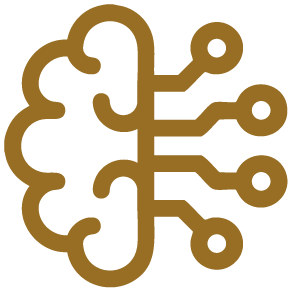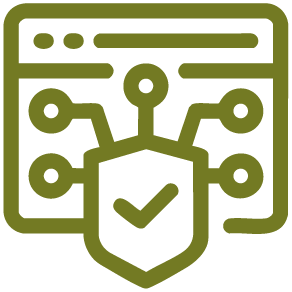Company
|
Brief description
|
Maturity
|
Financials
|
|
Abridge
|
Generate contextually relevant notes based on ambient listening
|
Late Stage VC – Series D
Founded 2018
|
Valuation: $2.75B
Raised: $464M
|
|
Alibaba Group
|
Chinese tech giant with industry leading platforms in e-commerce, cloud computing, digital payments, logistics, and AI research (Damo Academy)
|
Public
|
Market Cap: $300B
|
|
Ambience Health
|
Generate contextually notes and coding based on ambient listening
|
Early Stage VC – Series B
Founded 2020
|
Valuation: $300M
Raised: $101M
|
|
Commure
|
Simplify healthcare workflows
|
Late Stage - Series D
Founded 2017
|
Valuation: $3.5B
Raised: $1.9B
|
|
Counsel Health
|
Patient care delivered via a message based, AI-powered platform
|
Early Stave VC – Seed
Founded 2023
|
Valuation: Undisclosed
Raised: $11M
|
|
DeepScribe
|
AI powered, ambient listening medical scribe
|
Early Stage VC – Seed
Founded 2017
|
Valuation: $185M
Raised: $37.3M
|
|
Diligent Robotics
|
Healthcare Robotics – AI powered Moxi robot that can perform routine logistical clinical tasks
|
Early Stage VC – Series B
Founded 2017
|
Valuation: $112M
Raised: $100.79M
|
|
Hippocratic AI
|
Patient facing voice chat bot
|
Early Stage - Series B
Founded 2023
|
Valuation: $1.64B
Raised: $278M
|
|
Innovaccer
Humbi AI
|
Health care data and analytics platform to improve outcomes and efficiency; focus on value-based care
|
Late Stage VC – Series F
Founded 2014
|
Valuation: $3.45B
Raised: $650M
|
|
Microsoft
Nuance
|
US tech giant and provider of many industry leading solutions in enterprise productivity, cloud computing, AI, healthcare, security and more
|
Public
|
Market Cap: $3.24 Tn
|
|
Paige
|
AI driven pathology and cancer diagnostics
|
Late Stage VC
|
Valuation: $650M
Raised: $19.5M
|
|
SoundHound
Amelia
|
Voice-enabled AI and conversational intelligence platforms for healthcare, retail, and automative
|
Public (SOUN)
Founded 2025
|
Market Cap: $3.76B
|
|
Suki
|
Generate clinical notes and summaries based on ambient listening
|
Late Stave VC – Series D
Founded 2017
|
Valuation: $295M
Raised: $165M
|






